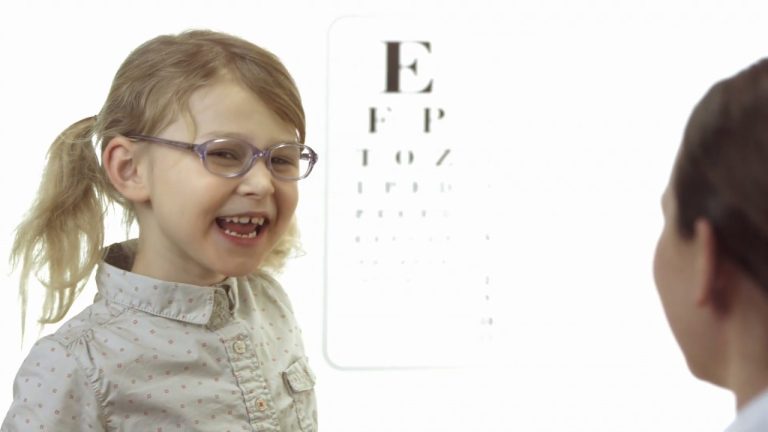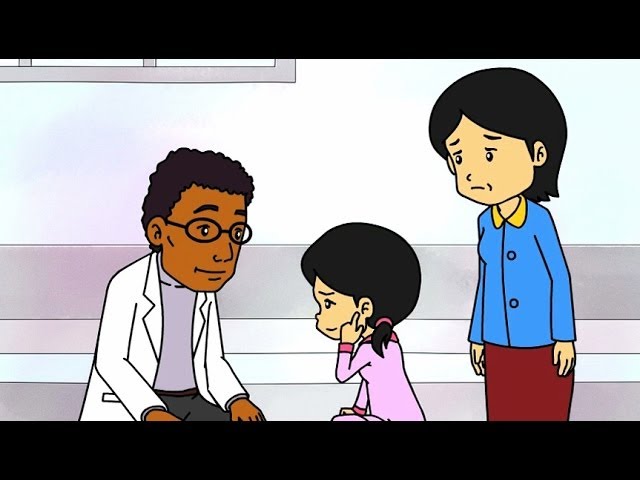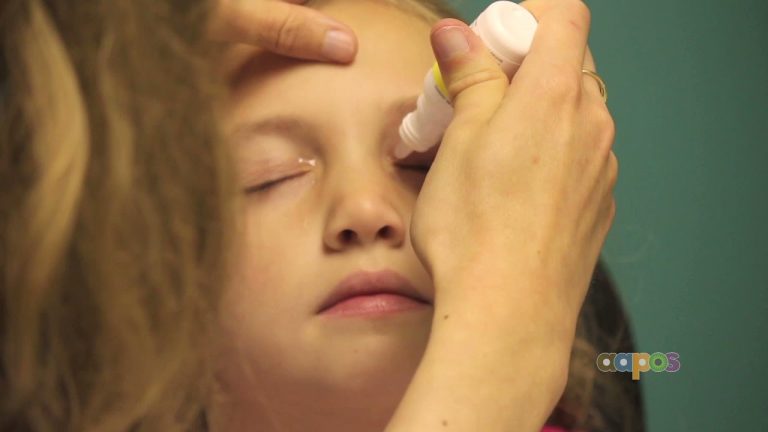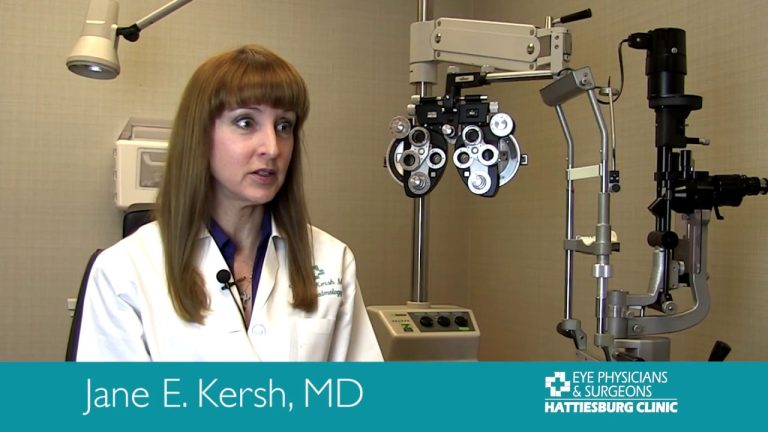Essential Eye Care Tips for Children with PTSD: How to Ensure Clear Vision and Healthy Eyes
Children who have experienced traumatic events may develop posttraumatic stress disorder (PTSD), a mental health condition that can affect their daily life. One of the consequences of PTSD in children is the impact on their vision and eye health. A study published in the Journal of Optometry found that children with PTSD were more likely to experience vision problems than their peers without PTSD. Therefore, it is important for parents and caregivers to be aware of the potential eye care needs of children with PTSD.
The symptoms of PTSD can vary from child to child, but they often include recurring nightmares or flashbacks of the traumatic event, anxiety and fear, and avoidance behavior. These symptoms can make it difficult for children to concentrate, learn, and even engage in healthy behaviors such as outdoor activities that promote eye health. Moreover, some psychotropic medications that are commonly used to treat PTSD can also affect vision and eye health. Therefore, it is crucial for children with PTSD to receive comprehensive eye examinations and appropriate eye care.
The Importance of Regular Eye Exams for Children with PTSD
Children with PTSD require more frequent eye exams than their peers because they are at a higher risk of developing certain eye conditions that may worsen their quality of life. For instance, it is common for children with PTSD to experience eye strain and headaches due to prolonged use of digital devices or reading. Moreover, children who take psychotropic medications for PTSD may experience dry eye syndrome, a condition that causes eye discomfort and blurred vision.
A comprehensive eye exam for children with PTSD typically includes tests for visual acuity, eye alignment, eye movement, and eye health. The eye doctor may also measure the child’s eye pressure and examine the retina and optic nerve. By detecting any vision problems early on, the eye doctor can prevent or treat any eye conditions that may interfere with the child’s daily life and well-being.
Eye Care Strategies for Children with PTSD
In addition to regular eye exams, parents and caregivers can implement eye care strategies that promote eye health and comfort for children with PTSD. Here are some tips:
- Encourage outdoor activities that involve natural light and eye exercises, such as ball games or hikes.
- Limit screen time and encourage breaks every 20-30 minutes of digital device use.
- Ensure adequate hydration and nutrition, as these factors can affect eye health and dry eye symptoms.
- Practice relaxation techniques such as deep breathing or meditation that can reduce anxiety and promote eye comfort.
Final Thoughts
Children with PTSD require comprehensive eye care that addresses their unique needs and challenges related to vision and eye health. Regular eye exams and eye care strategies can prevent or address any eye conditions that may interfere with their well-being and quality of life. Parents and caregivers can talk to their eye doctor about how to best support their child’s eye health and comfort.
Contents
Most wanted in Hoya Vision:
What are prism eyeglass lenses?
Hoya Lens Engravings
What brand lenses does Costco use?
What does +0.25 mean on an eye test?
Do tinted glasses help with migraines?
Should eyeglasses cover eyebrows?
Hoya Identification Chart
What LED light is best for broken capillaries?
Does hyperopia worsen with age?
What is the difference between Ray Ban RB and Rx?
















